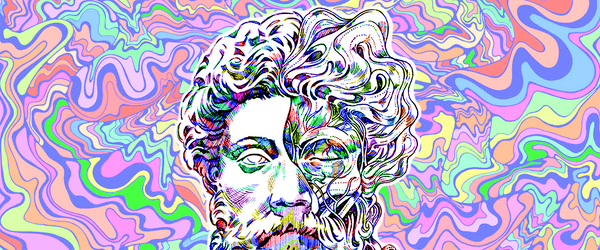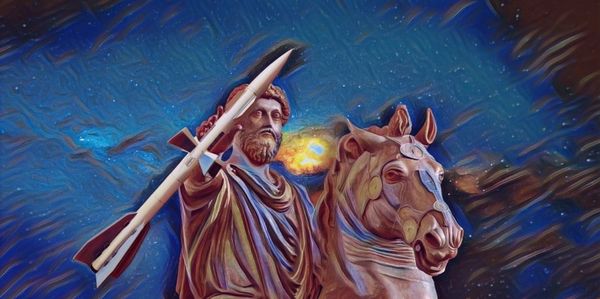Jordan Bates • • 3 min read
Sublime Death: A Philosophy Comic That Will Chill You to the Core

‘The Wrath of the Sea’ by Existential Comics
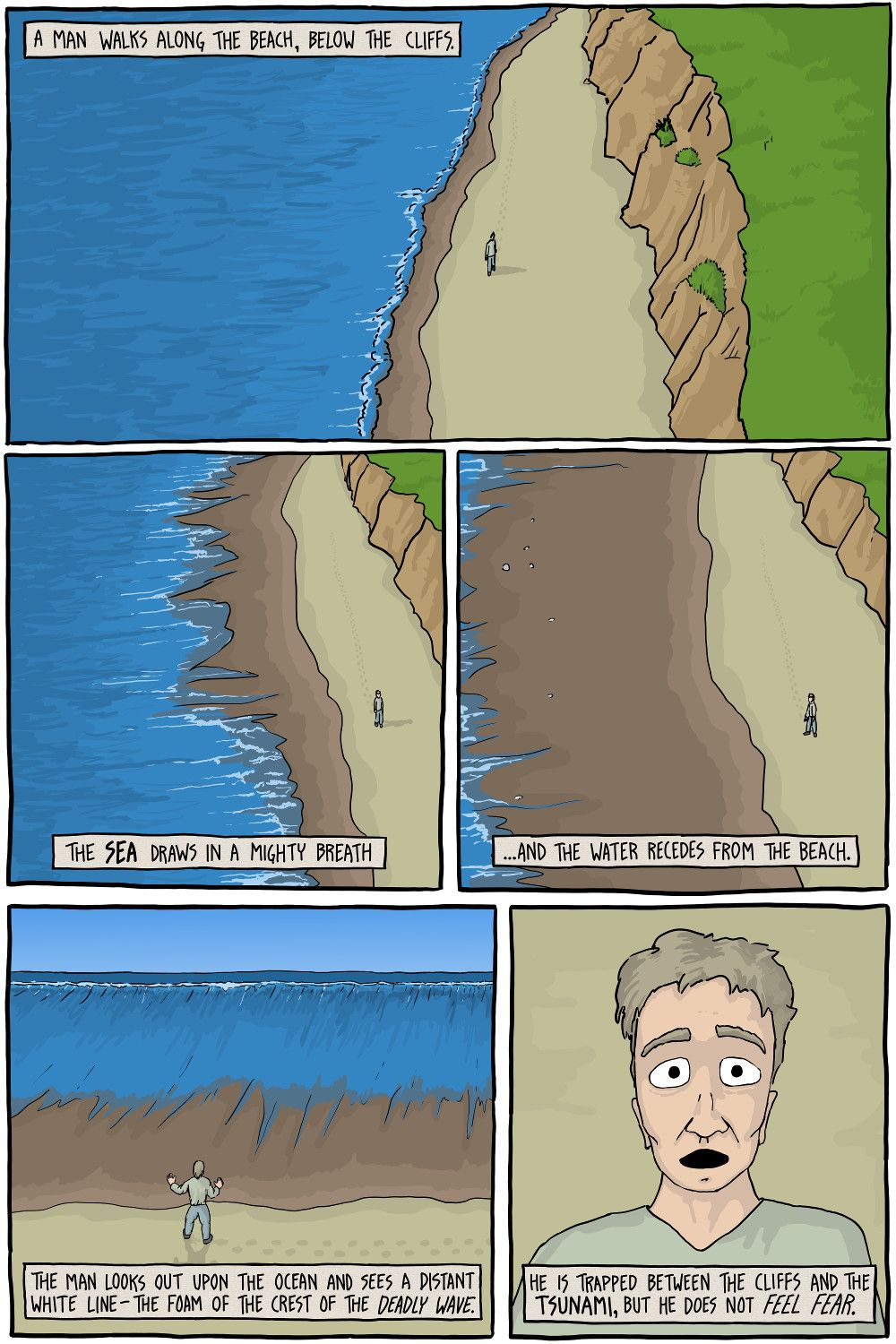
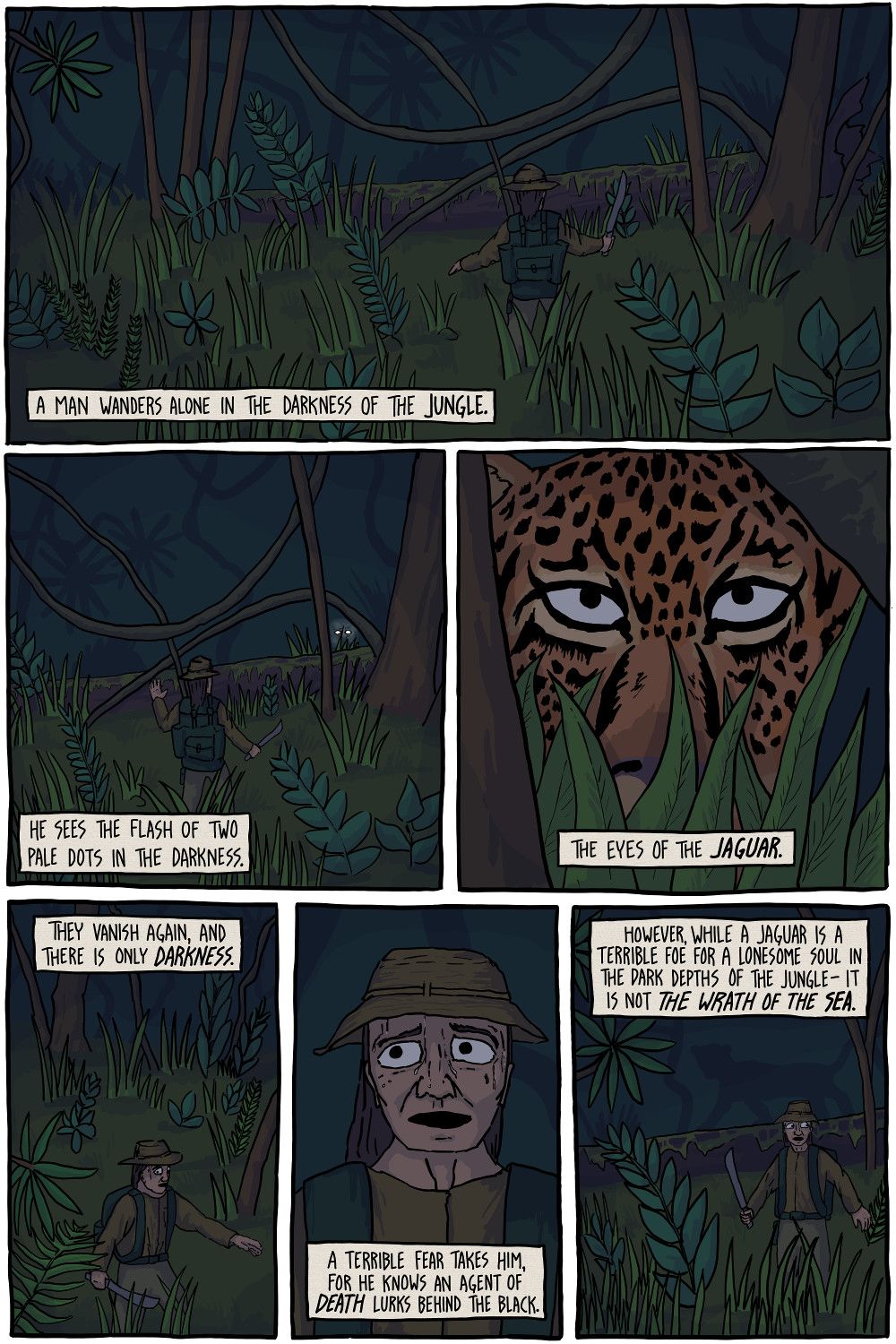
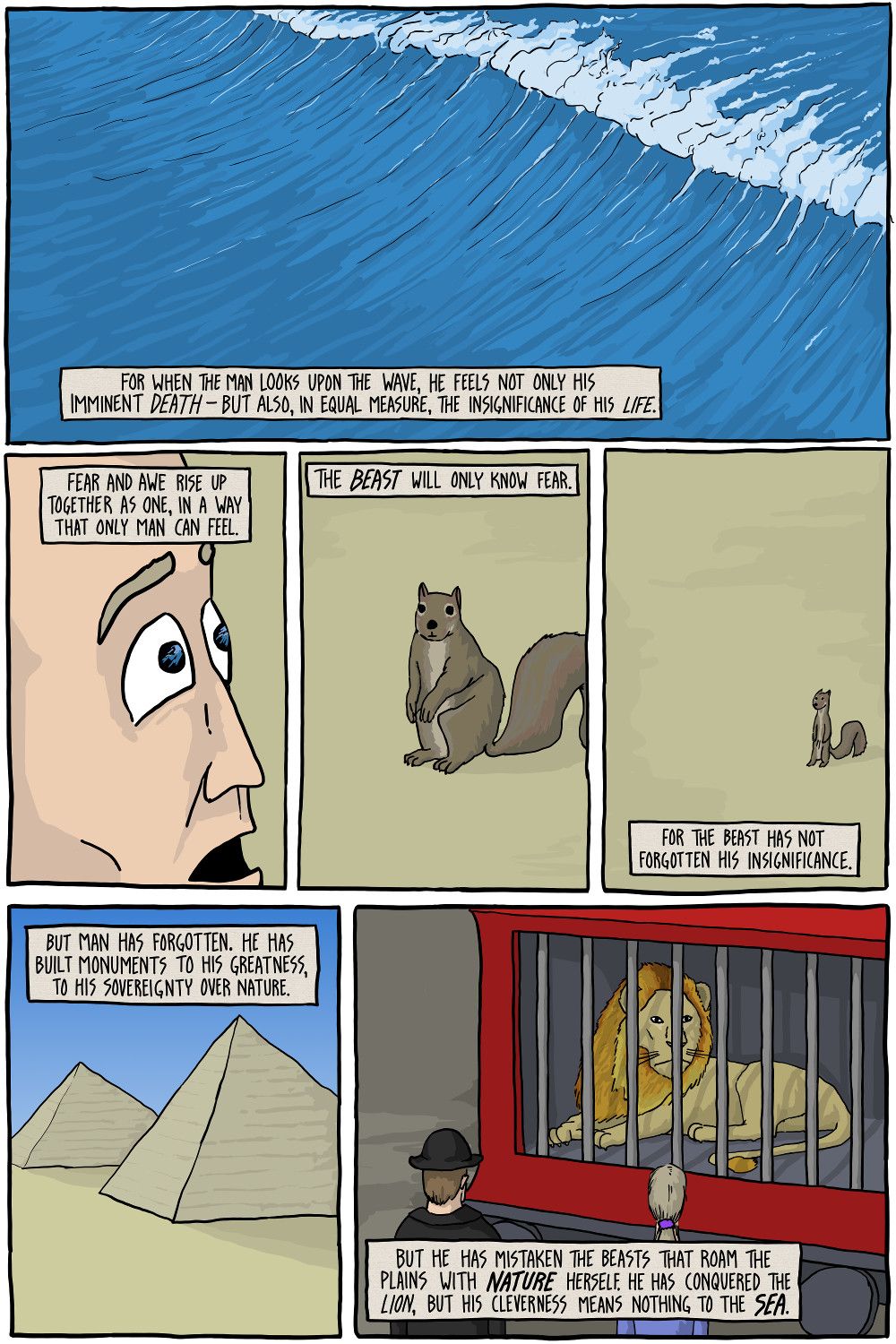
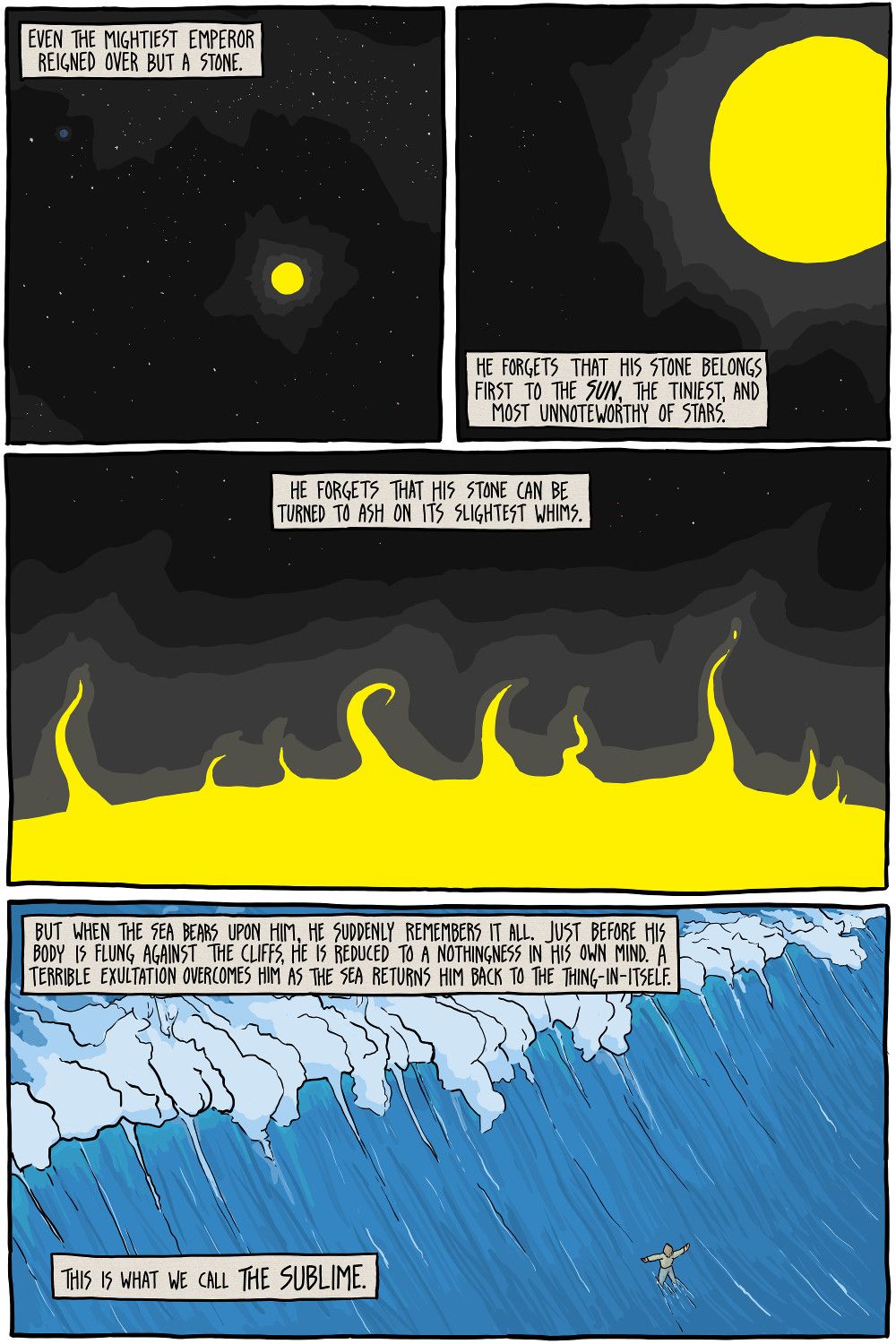
Whoa, What?
I’m sure you gathered that this comic is about something called “the sublime,” but what exactly is that? “The sublime” is a common concept in the branch of philosophy known as aesthetics. Wikipedia defines the sublime as:
“… the quality of greatness, whether physical, moral, intellectual, metaphysical, aesthetic, spiritual, or artistic. The term especially refers to a greatness beyond all possibility of calculation, measurement, or imitation.”
Philosophers across centuries have devised countless, super-specific definitions of and commentaries on the nature of the sublime, but for our purposes, you can just think of the sublime as that which is utterly incomprehensible, mind-boggling, awe-inducing — that which reminds us of our own seemingly diminutive position within the grand scheme and of the marvelous, inscrutable mystery of existence itself.
This is more or less the definition of the sublime that is presented in this wonderful comic by Corey Mohler at Existential Comics. If I had to guess, it seems he’s drawing specifically upon Immanuel Kant’s theory of the sublime. The Stanford Encyclopedia says this of Kant’s impression of the “mathematical sublime”:
“For Kant, the sublime occurs when our faculties of sensible presentation are overwhelmed by impressions of absolute power and magnitude…”
Contemplating the Sublime
I think a good example of the contemplation of the sublime is Carl Sagan’s famous “pale blue dot” meditation, in which he reflects on a satellite image in which the Earth appears as a tiny, barely-visible pixel amidst an expansive black. If you’ve never listened to Sagan’s words, it’s really an absolute must for all humans (“Pale Blue Dot” Video). Sagan ponders the implications of the image and ends up concluding that:
“There is perhaps no better demonstration of the folly of human conceits than this distant image of our tiny world. To me, it underscores our responsibility to deal more kindly with one another, and to preserve and cherish the pale blue dot, the only home we’ve ever known.”
For Sagan, the sublime was a reminder of the folly of human hubris and hostility. We fight endlessly amongst ourselves for momentary power on our little rock, while the universe yawns and chuckles.
Contemplating the sublime compelled Carl Sagan to see beyond our trivial human squabbles and to see all of the Earth’s occupants as fundamentally in the same situation. He was hopeful that turning our attention toward the fathomless territory of space would help us to unify on Earth and to care for the planet. Perhaps he was right. Perhaps we are gradually moving in such a direction. I’ll leave that for you to decide.
If nothing else, we can follow Carl’s example and contemplate the sheer magnitude of the universe and our infinitesimal position within it. In doing this, we can become more aware of our own humble position and, hopefully, better able to feel compassion for other human and non-human animals — other beings with whom we share this modest rock.
Further Study
For further contemplation of these matters, I highly recommend reading some brilliant science fiction. Carl Sagan himself actually wrote a sci-fi novel called Contact that is an utterly exquisite and mind-expanding tale of humans making contact with extraterrestrials for the first time.
I’ll also recommend Olaf Stapledon’s Star Maker. I’m only part of the way through Star Maker, but it’s already an absolute feast of language. Stapledon’s descriptions of Earth and space are so lucid, so vividly imagined, and so gorgeous as to be astonishing. I literally can’t believe a human mind generated these beautiful words. So, yeah, if you’re hungry for more of the sublime, read Sagan and Stapledon. Peace out, humans.
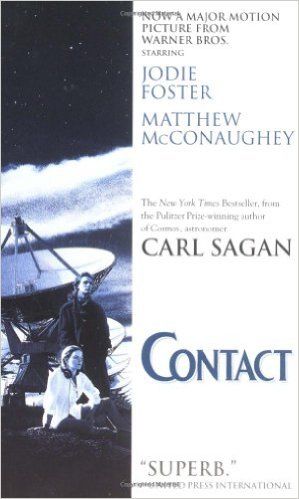


Jordan Bates
Jordan Bates is a lover of God, father, leadership coach, heart healer, writer, artist, and long-time co-creator of HighExistence. — www.jordanbates.life


![Seneca’s Groundless Fears: 11 Stoic Principles for Overcoming Panic [Video]](/content/images/size/w600/wp-content/uploads/2020/04/seneca.png)






